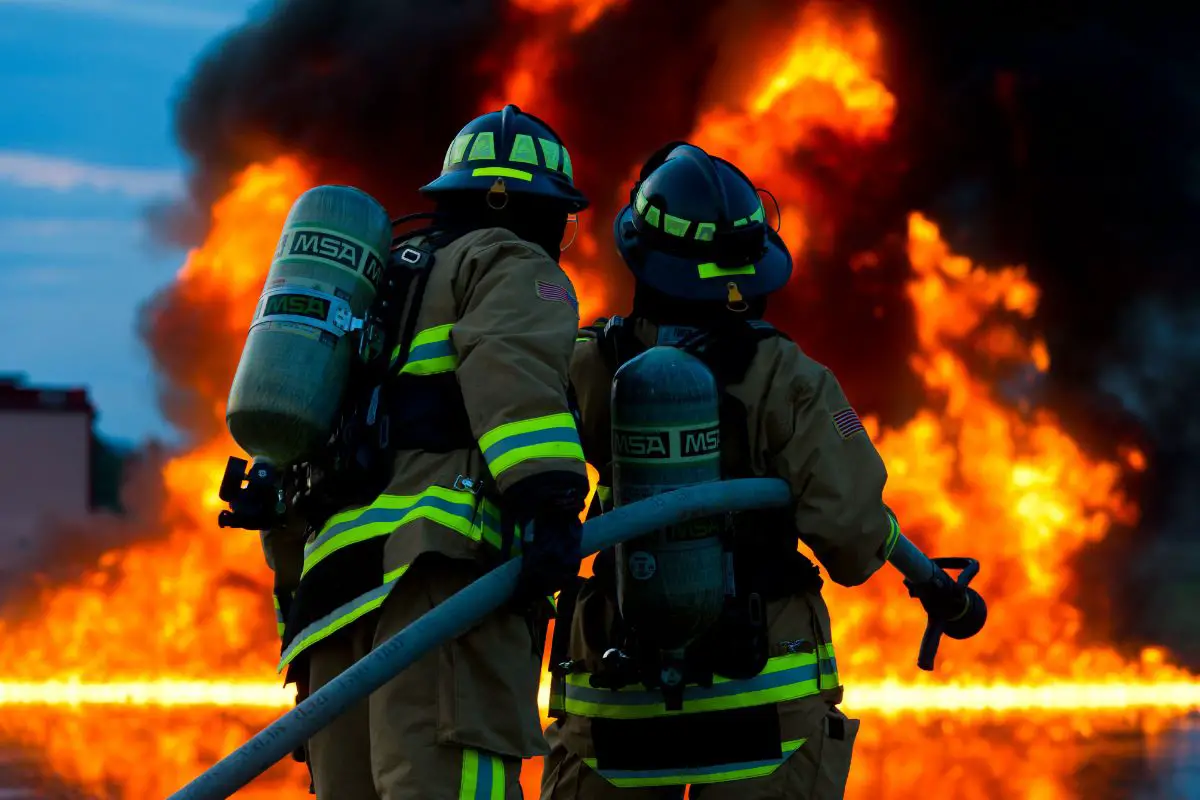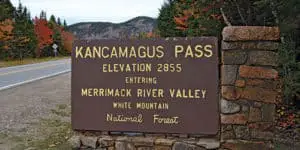New Hampshire has plenty of fascinating history behind it, whether it’s about its culture, its businesses, politics, or more.
However, a crucial aspect of any state’s history that is too often overlooked is that of the emergency services. No state would be able to function without its ambulance service, police force, and firefighters!
As a result, I’m going to be exploring the history of New Hampshire’s firefighters today, diving into their background and looking at all the advances they’ve had that have made them the service we see today.
Of course, it’s difficult to give an overview of an entire state’s firefighter service, because a state is made up of so many different cities and towns.
As a result, I’m going to look at the firefighter history in a number of key New Hampshire locations, giving us a more varied and interesting picture. Read on!
The Start Of Firefighting In The United States
Before I get into firefighting in New Hampshire, I think it’s worth briefly covering the beginning of firefighting in the United States itself.
The first action against preventing fires happened in Boston in 1630, when it was ordered that no house should have its chimney built with wood, nor the house with thatch, in order to stop fires starting easily.
Later, in 1648, this would be expanded in New York City (then known as New Amsterdam), where fire inspectors were created that would fine citizens for violating the fire code, further enforcing fire safety.
When London, England, suffered an awful fire in 1666, it prompted people to improve fire-fighting machinery, leading to the creation of a sort-of wheeled fire engine. This proved popular overseas, because Boston imported the first of these to reach America from London in 1679.
Much later, in 1736, a young Benjamin Franklin would urge people to create a fire-fighting company, which would lead to six volunteer corps being founded in Philadelphia.
Jump ahead to 1832 and a New York volunteer group became the first to use horses to pull their engines, an idea which spread all over America. Then, in 1852, a Boston doctor created the first fire alarm, which was then installed all over the city.
A History Of Firefighters In Manchester, New Hampshire
Manchester is the highest populated city in all of New Hampshire, making it one of the most important cities, so I’m going to begin by covering their own firefighting history.
Though their population is now over 115,000, Manchester was about to reach 6,000 in 1839. This means that more buildings were being constructed, which prompted a vote on measures for fire protection.
This resulted in eleven “Firewards” being appointed, as well as a station being built and a hand tub (a reservoir with a hose attached) being bought. Unfortunately, a large fire was around the corner in 1840, causing thousands of dollars in damage and losing 125 jobs.
The first hook and ladder company was made the next year, with a carriage, and this attracted 45 unpaid volunteers. Another tragedy struck, though, when Manchester town hall burned down in 1841.
Later, in 1845, the Board of Fire Engineers was established, which paid the firefighters and bought two more hand tub engines. A fire in 1850 then prompted spending on fire communication equipment, too.
The firefighting capabilities soon spread to five separate companies, as well as three brigades owned by major corporations.

A History Of Firefighters In Exeter, New Hampshire
Exeter Is another important city in New Hampshire, with a firefighting history well worth looking at.
Though it was founded in 1638, a Fire Association wasn;t started in Exter until 1798. Known as the “Fire Society of Exeter”, it consisted of voluntary citizens, but was only allowed a maximum of 25 members.
Each of these citizens had to always have two specifically-sized bags and two leather buckets ready, and respond to every fire alarm immediately.
The town’s firefighting improved in 1835 when a special hand tub was purchased and operated by eight people, then another one in 1846 that needed twelve.
These helped them to fight fires far better. However, 1873 saw an expensive steamer purchased, which was capable of pumping even more water! Even better, the Fire Department now had 149 members and four separate fire stations.
Later, in 1891, a system of fire alarms was installed, which would help to improve response times and awareness. Decades later, in 1828, the Department had its first full-time firefighter, as well as its very first motorized fire fighting equipment.
Jump ahead to the present and all firefighters and equipment are located in one building, near Court and Bow Streets.
A History Of Firefighters In Durham, New Hampshire
The Fire Department for Durham, New Hampshire, is quite unique, because it’s jointly funded by both the municipality and a major state university (being the University of New Hampshire). However, the setup has worked for decades.
In 1900, though, the Department had very little organization, with only a hand-drawn tub and a volunteer base of anyone who wanted to respond at the time of the fire.
It needed a change, and so in 1927 two companies (one hose and one ladder) were founded, each with leaders and a need for the firefighters to be selected. Not long after, in 1934, Durham got its first permanent firefighter, followed by its first full-time Fire Chief in 1936.
The end of the 1940s and the start of the 1950s saw the Department struggling to have suitable equipment, so trucks were converted into firefighting vehicles, and things improved until a tumultuous 1980s saw chiefs and personnel joining and leaving. Things soon became more stable, though, and the service has been doing well since.
A History Of Firefighters In Plymouth, New Hampshire
Plymouth, New Hampshire used privately-organized firefighters until 1831, when the town’s Fire Department was properly instated. However, it didn’t have a [roper station until a 1916 fire prompted them to set one up, taking over a house and barn for their operations. Two companies operated out of it.
Jump ahead to 1969, and the structure was changed to what you’ll find today, which houses the Fire Department in a 4-bay station made out of brick.
Part of the reason for this change is the constant advancement of fire trucks themselves, which were growing bigger. Later, in 2014, an adjacent building was bought, allowing the two buildings to be joined and better storage facilities to exist.
The New Hampshire Fire Academy
Finally, it’s worth covering New Hampshire’s Fire Academy. In 1960, the governor ordered the need for a committee that would study the necessity for fire training. The committee grew in members, and an institute was even made to provide people qualified to train others in firefighting.
Later, in 1971, New Hampshire was organized into seven different districts, in an attempt to help unite it more and improve the state’s overall fire training even further.
The academy has grown and grown since then, receiving important funds and equipment, and helping to teach New Hampshire firefighters.
Final Thoughts
The history of firefighters in New Hampshire is varied and interesting, and each city has its own fascinating story to tell us.



